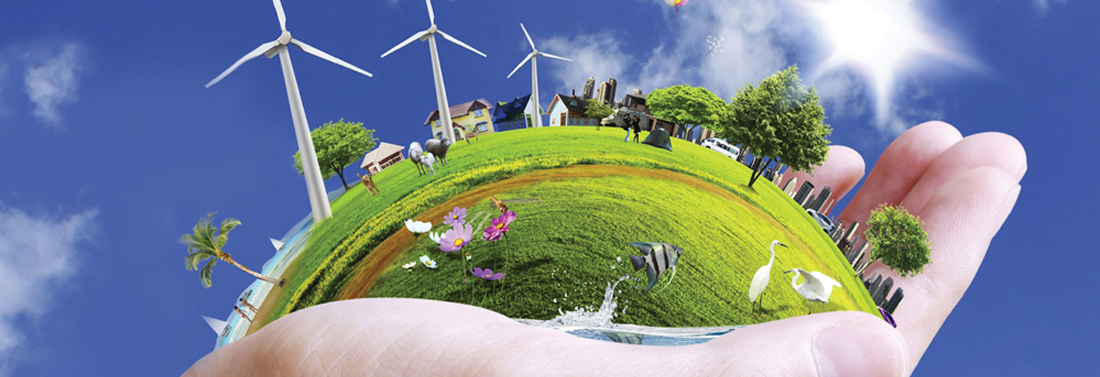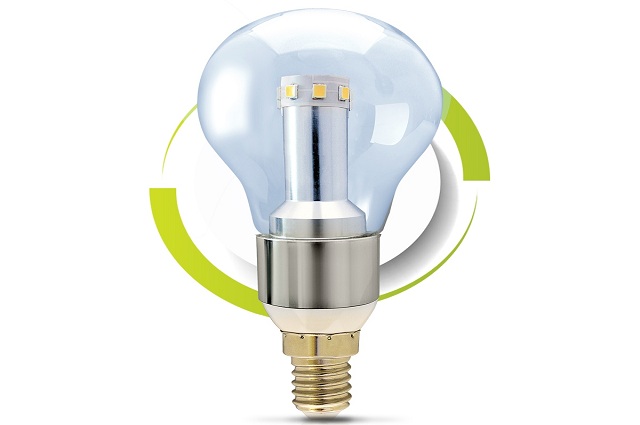6 Sustainable Innovations that Use Green Technology
Did you catch the latest Game of Thrones episode? No? Don’t worry, this isn’t just another spoiler-infested episode review. If you have been following the show, then you know that winter is already here. But while you were so engrossed in discovering the fate of the seven kingdoms, you have been ignorant of the fact that we are living through a similar situation. Our environment is endangered and the situation worsens with every passing day. However, green technology comes as a flicker of hope amidst such dark times.
More and more innovators and organisations are pushing for green tech visualising and sustainable innovations. Today, the efforts are not just limited to solar panels or wind turbines. The new-age innovators are exploring territories that no one has ever ventured into before. On that note, here are some of the examples of sustainable innovations that involve green technology.
Toilet To Truck Technology
In an attempt to minimise the impact of greenhouse gas, a particular Scandinavian city has turned to the sewage system and human waste for the solution. The Grow Smarter Project is a Stockholm-based initiative that aims to produce bio-fuel for motorcyclists from household waste. To make this initiative work, the city is planning to install advanced gadgets and machines that turn household waste to fuel.
The long-Lasting Light bulb
To say that light bulbs are a necessity would be undermining it. Now, the regular bulbs burn out faster and they end up finding a place in the non-biodegradable stockpile. Considering all those, the Dyson Company has begun producing light bulbs that promise to last for 37 years. Rather than the usual round heat sink, the Dyson light bulb employs a horizontal heat pipe to make the light bulb last longer.
Wooden computer chips
Computer chips are typically created using metal, which may seem all right when at use. But once it is disposed of, these computer chips are hard to recycle. As a way out, the University of Wisconsin-Madison created computer chips from epoxy-coated cellulose nanofibril. The material protects the chip from attracting moisture (something that is common to wooden things).
Electric Aircrafts
Air travel is said to produce nearly 780 million tons of carbon emissions every year. This figure has prompted many innovators to look for possible solutions, which includes the USA-based startup Wright Electric. This startup is working towards building a 150-seater aircraft that can fly 300 miles with the help of pure electricity.
Wave Carpet
Marine power, especially the waves have endless potential, which mostly remained untapped earlier. Researchers opine that marine energy is capable of providing for half of America’s electrical requirements. All it requires is the right equipment to harness the power (like the wave carpet). This carpet works by undulating alongside the waves that emanate hydraulic energy. This ultimately turns into electricity.
Harvest’s Solar Leaves
This latest innovation in the domain of green technology comes from a 13-year old named Maanasa Mendu. Maanasa has developed an energy device called HARVEST that can generate clean energy at the cost of $5. At an age when most students seek assignment help online, this little girl has done the unthinkable. The mechanism of HARVEST involves ‘solar leaves’ that harnesses power from the sun and vibrations. Harvest is made from piezoelectric materials, which makes the power generation possible.
Parting thoughts, green technology is redefining sustainability in every possible way. With the effective implementation of these innovations, it will be easier to sustain our endangered environment to a great extent.
About the author: Odin Richard is a guest lecturer at a reputed university in Australia. He has pursued her Ph.D. in Botany from the Murdoch University. He is a firm advocate of environmental issues. He is also a part of MyAssignmenthelp, working as an essay editor for the past three years.





